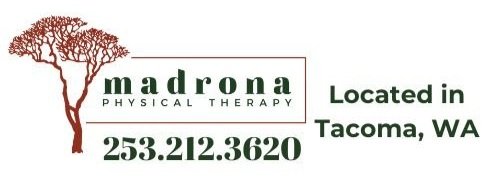The Truth About Interstitial Cystitis: It's More Than Just Your Bladder
by Michelle Walz, PT, MPT
Interstitial Cystitis (IC) is a complex condition that's often misunderstood. Let’s clear up some common myths — and reveal the truths that can help you find real relief.
Myth #1: IC is purely a bladder condition.
Truth: Only about 10% of people with IC have actual bladder lining pathology!
Myth #2: IC doesn’t have anything to do with my pelvic floor.
Truth: Research shows that 89% of people with IC symptoms also have some form of pelvic floor dysfunction.
Myth #3: Medication and diet changes are the only treatments for IC.
Truth: According to the American Urologic Association (AUA) IC Guidelines, Pelvic Floor Physical Therapy (Pelvic PT) is the only treatment with Grade A evidence — their highest level of recommendation.
Why Pelvic PT Matters for IC
Interstitial Cystitis isn’t just about the bladder. With IC, the brain/bladder connection is disrupted, with nerves getting mixed messages from the muscles, bladder and brain. This can lead to:
Uncoordinated pelvic floor muscles.
Overprotective nerve responses.
Muscle tension, and pain.
Increased stress on the pelvic area.
Pelvic PT can help by targeting each of these areas:
Brain: Retraining pain pathways
Nervous system: Calming nerve sensitivity
Pelvic floor: Improving muscle coordination and relaxation
Bladder: Restoring healthy bladder habits
Old injuries to your back, hips, knees, or even ankles can also contribute by forcing your pelvic muscles to compensate — adding even more confusion and tension to the system. Tight, weak, or uncoordinated pelvic muscles can play a major role in ongoing symptoms.
The Bottom Line:
If you're living with IC, treating only the bladder might not be enough. A comprehensive approach that includes Pelvic Floor PT can make all the difference. Don’t let myths hold you back from finding real relief!
